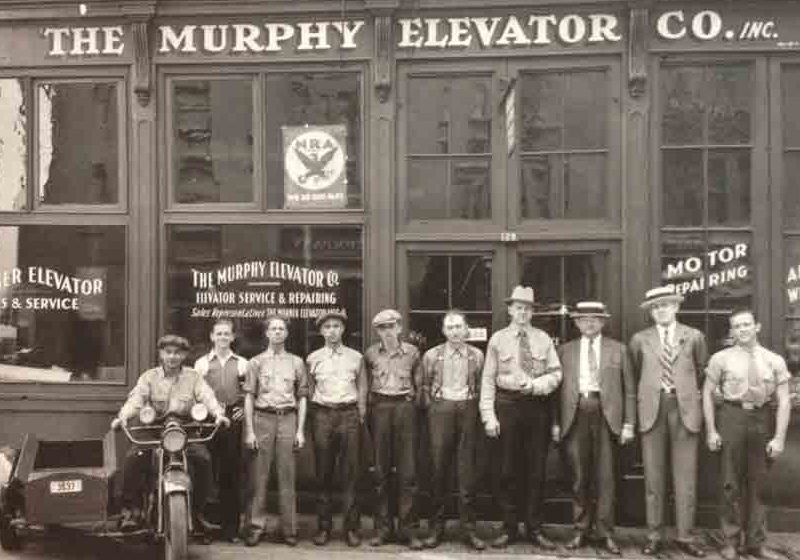Among the news vehicles ELEVATOR WORLD uses to publish elevator and escalator accident reports are ELENET® and Daily News, in addition to some issues of EW India. The accident reports we include in these news outlets contain the basic five “W’s” of journalism. However, we are often asked to provide additional details of what happened and what may have caused these unfortunate events. Although we have been criticized by some in our industry for leaving out the details of such reports, this is done intentionally, and is something we feel is better left to the general media to provide.
The reason we report accidents in this manner is because we obtain this information immediately following an occurrence or when the accident is in the early stages of investigation. The sources from which we derive the information may contain more preliminary information or an expert’s opinion of what they feel may have caused the incident, but as these events will likely become the subject of extensive product liability litigation proceedings that will involve many entities in our industry, we feel it is best for our reporting to be done with the utmost caution and impartiality. When the official accident reports become available, we often provide this information.
During the final weeks of last year, a number of unfortunate elevator accidents occurred, prompting industry members to send us comments on the events to include in EW. As a result, you will find interesting topics in this month’s issue on ways some EW readers feel elevator accidents can be prevented.
For many years we have been encouraging elevator companies to provide us with accident statistics, in addition to the results of accident investigations for us to pass on to code developers so they can be sure to include accident prevention measures in elevator and escalator safety codes. Code enforcing authorities also need this information so they can assist in not only developing safety codes but also in enforcing them. And, the consultants that develop new installation and modernization project specifications also need to know what they need to specify to ensure the safety of the elevator and escalator riding public. And, when news regarding means to mitigate accidents is brought to our attention, it is our responsibility to publish it. Such is the case in this month’s issue.
In response to last year’s events, which were highly publicized in the general news media, we received an announcement from National Elevator Industry, Inc. (NEII®), which is included on page eight of this issue. Here, NEII makes an appropriate and positive statement about how important it is for AHJs to adopt the latest version of A17.1 Safety Code for Elevators, Escalators and Moving Walks, as well as A17.3 Safety Code for Existing Elevators. Additionally, a news piece in this month’s Comments section by Dan Zeitz, inventor of the Time Out Jumper, makes an excellent case by covering the use of the device, especially during maintenance, inspection and testing of elevators, during which some safety circuits must be jumped out to test others. This is especially critical with respect to elevator door operation.
Elevators are designed to reverse and reopen closing doors if an object is in the entryway, but this will only happen if the door protection system is properly set up, adjusted and maintained. When we consider the great number of elevator trips taken on an annual basis and compare the numbers to the few door strike accidents that occur, it is clear that the chance of someone getting injured in this manner is slim. In view of this, when an accident of this type does occur, one might conjecture that the excellent safety record of elevators may be causing people to take unnecessary risks as they board elevators – this may very well be the case.
The door protection devices that are on all elevators have been very successful in protecting the public. Yet, in spite of this, it is still extremely important for people to stay clear of the closing doors. Perhaps we need to more forcefully inform the public of this. People must be told to refrain from interfering with closing elevator doors. If they approach an elevator as the doors are closing, they must step back, let the elevator go and wait for the next one to arrive. People need to be instructed to not interfere with an elevator’s closing doors when they are boarding and exiting. Instead, they need to do what they are told when they are traveling on other equipment. For example, passengers on the London Underground and the NYC Subway trains are told to “Mind the Gap!” and “Watch the Closing Doors!” If we can get people to do this, they will experience elevator journeys during which they will be as the elevator industry intends and as Elisha Otis stated, “All Safe!”
Get more of Elevator World. Sign up for our free e-newsletter.








